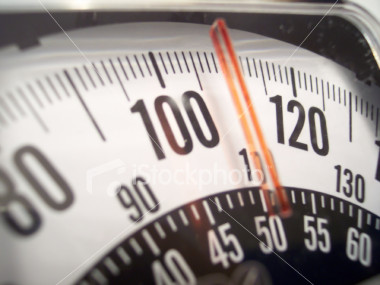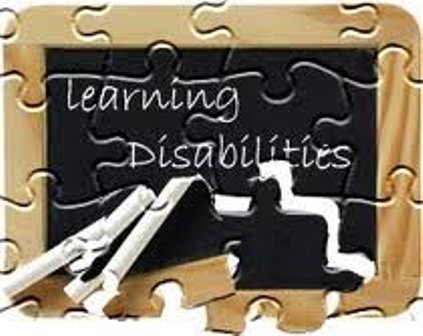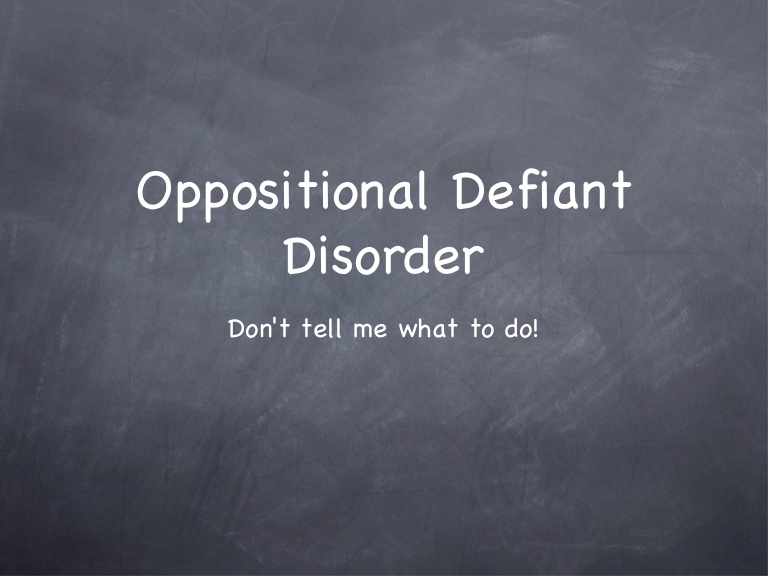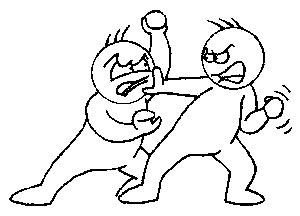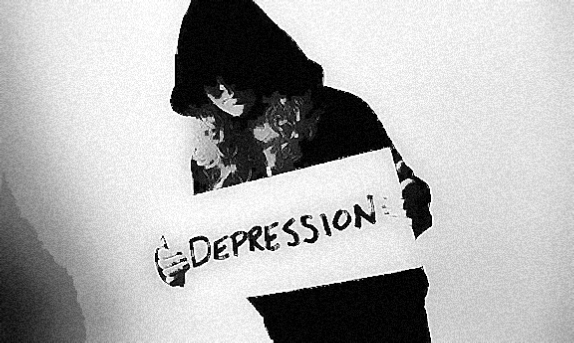What are teen eating disorders?
Teen eating disorders often are long-term illnesses that may require long-term treatment. In addition, teen eating disorders frequently occur with other mental disorders such as teen depression,substance abuse, and anxiety disorders (NIMH, 2002). The earlier these eating disorders are diagnosed and treated, the better the chances are for full recovery. This fact sheet identifies the common signs, symptoms, and treatment for three of the most common teen eating disorders: anorexia nervosa, bulimia nervosa, and binge-eating disorder (NIMH, 2002).
Who has teen eating disorders?
Research shows that more than 90 percent of those who have eating disorders are women between the ages of 12 and 25 (National Alliance for the Mentally Ill, 2003). However, increasing numbers of older women and men have these eating disorders. In addition, hundreds of thousands of boys are affected by these disorders (U.S. DHHS Office on Women’s Health, 2000).
What are the symptoms of teen eating disorders?
Teen anorexia nervosa – People who have teen anorexia develop unusual eating habits such as avoiding food and meals, picking out a few foods and eating them in small amounts, weighing their food, and counting the calories of everything they eat. Also, they may exercise excessively.
Teen bulimia – People who have teen bulimia eat an excessive amount of food in a single episode and almost immediately make themselves vomit or use laxatives or diuretics (water pills) to get rid of the food in their bodies. This behavior often is referred to as the “binge/purge” cycle. Like people with teen anorexia, people with teen bulimia have an intense fear of gaining weight.
Teen binge-eating disorder – People with this recently recognized eating disorder have frequent episodes of compulsive overeating, but unlike those with teen bulimia, they do not purge their bodies of food (NIMH, 2002). During these food binges, they often eat alone and very quickly, regardless of whether they feel hungry or full. They often feel shame or guilt over their actions. Unlike anorexia and bulimia, binge-eating disorder occurs almost as often in men as in women (National Eating Disorders Association, 2002).
How are teen eating disorders treated?
Teen anorexia nervosa – The first goal for the treatment of anorexia is to ensure the person’s physical health, which involves restoring a healthy weight (NIMH, 2002). Reaching this goal may require hospitalization. Once a person’s physical condition is stable, treatment usually involves individual psychotherapy and family therapy during which parents help their child learn to eat again and maintain healthy eating habits on his or her own. Behavioral therapy also has been effective for helping a person return to healthy eating habits. Supportive group therapy may follow, and self-help groups within communities may provide ongoing support.
Teen bulimia – Unless malnutrition is severe, any substance abuse problems that may be present at the time the eating disorder is diagnosed are usually treated first. The next goal of bulimia treatment is to reduce or eliminate the person’s binge eating and purging behavior (NIMH, 2002). Behavioral therapy has proven effective in achieving this goal. Psychotherapy has proven effective in helping to prevent the eating disorder from recurring and in addressing issues that led to the disorder. Studies have also found that Prozac, an antidepressant, may help people who do not respond to psychotherapy (APA, 2002). As with anorexia, family therapy is also recommended.
Teen Binge-eating disorder – The goals and strategies for treating teen binge-eating disorder are similar to those for teen bulimia. Binge-eating disorder was recognized only recently as an eating disorder, and research is under way to study the effectiveness of different interventions (NIMH, 2002).
Eating Disorder Information obtained from SAMHSA
